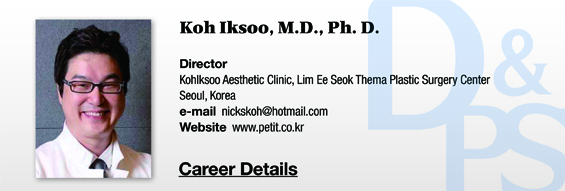Prevention
Important prevention methods that the scientific community would agree on are; 1) slow injection with minimal pressure on the plunger of the syringe, and 2) pressing on the superior medial orbit area with a finger to prevent the filler from seeping into important blood vessels during injection.
Pre-treatment aspiration is said to be helpful, however, performing aspiration before each injection is not practical. Waiting a few seconds after each injection to watch for signs of swelling can help detect vascular rupture or damage. Even if vascular damage is not suspected, choosing the injection site slightly posterior to the previous one can help avoid damaged blood vessels.
The arterial blood pressure is very high, ranging from 80 to 120mmHg and it is unlikely that vision loss is caused by injecting at a higher pressure than this. However, if the doctor uses excessive pressure on the syringe during injection or if a thin needle is used, vascular damage could occur. By “a thin needle,” I am also referring to cannulas. With a thin needle, swelling or bleeding are less visible and it is difficult to detect vascular damage. Thin needles are preferred by both the doctor and patient as they cause less swelling and bleeding. However, I recommend using at least 23 gauge needles for better safety.
[Advertisement] A-One LITE(Facial Diagnosys System) – Manufacturer: BOMTECH(www.bomtech.net)
Future plans
As shown in Image 2, the human face has very rich and complicated vasculature. It would be ideal to target the layer free of vascular passage, however, this is nearly impossible. One should focus on targeting layers with less vascular passage, as well as avoiding the courses of the dorsal nasal artery, angular artery, supratrochlear artery and supraorbital artery.
Rather than discouraging all dermal filler procedures, the Korean government should focus their efforts on providing training and research in anatomy and vascular pathways, etc. to reduce the risk. Although many studies have examined vision loss associated with facial dermal filler procedures, their data cannot be easily applied to Korean patients due to racial differences. More research is needed in the Korean population. Establishing statistical data on age-related changes in vasculature in the Korean population through anatomical research will help prevent vision loss and other serious complications.
.jpg)
Image 2. Human face vasculature shown in Discovery of Human Body. It seems nearly impossible to avoid blood vessels during facial dermal filler injection.





















